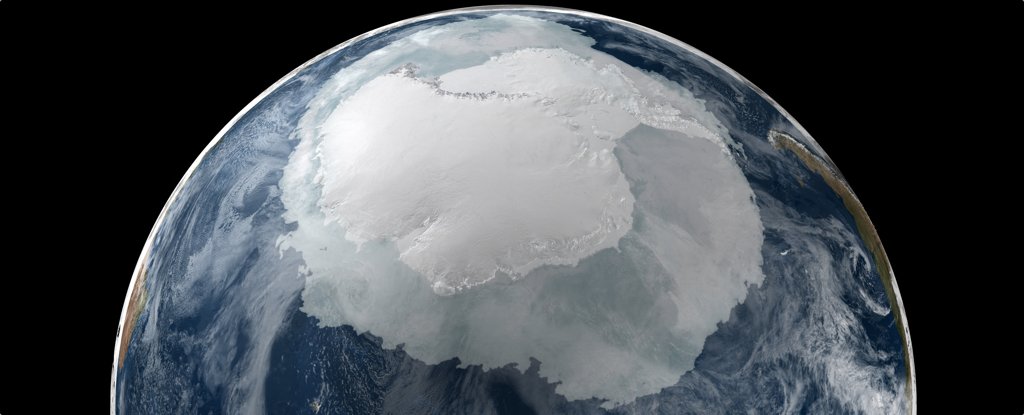Antarctica is not
in a good place. In the space of only decades, the continent has lost trillions
of tonnes of ice at alarming rates we can't keep up with, even in places we
once thought were safe.


Now, a
stunning new void has been revealed amidst this massive
vanishing act, and it's a big one: a gigantic cavity growing under West
Antarctica that scientists say covers two-thirds the footprint of Manhattan and
stands almost 300 metres (984 ft) tall.
This huge opening
at the bottom of the Thwaites Glacier – a mass infamously dubbed the "most
dangerous glacier in the world" – is so big it represents an overt chunk
of the estimated 252 billion tonnes of ice Antarctica loses every year.
Researchers say
the cavity would once have been large enough to hold some 14 billion tonnes of
ice. Even more disturbing, the researchers say it lost most of this ice volume
over the last three years alone.
“We have suspected
for years that Thwaites was not tightly attached to the bedrock beneath it,”
says glaciologist Eric Rignot from the University of California, Irvine, and
NASA's Jet Propulsion Laboratory (JPL) in Pasadena, California. “Thanks to a
new generation of satellites, we can finally see the detail.”
Rignot and fellow
researchers discovered the cavity using ice-penetrating radar as part of NASA's
Operation IceBridge, with additional data supplied by German and French
scientists. According to the readings, the hidden void is but one ice casualty
among a "complex pattern of retreat and ice melt" that's taking place
at Thwaites Glacier, sectors of which are retreating by as much as 800 metres
(2,625 ft) every year.
Read more here.
Comments
Post a Comment